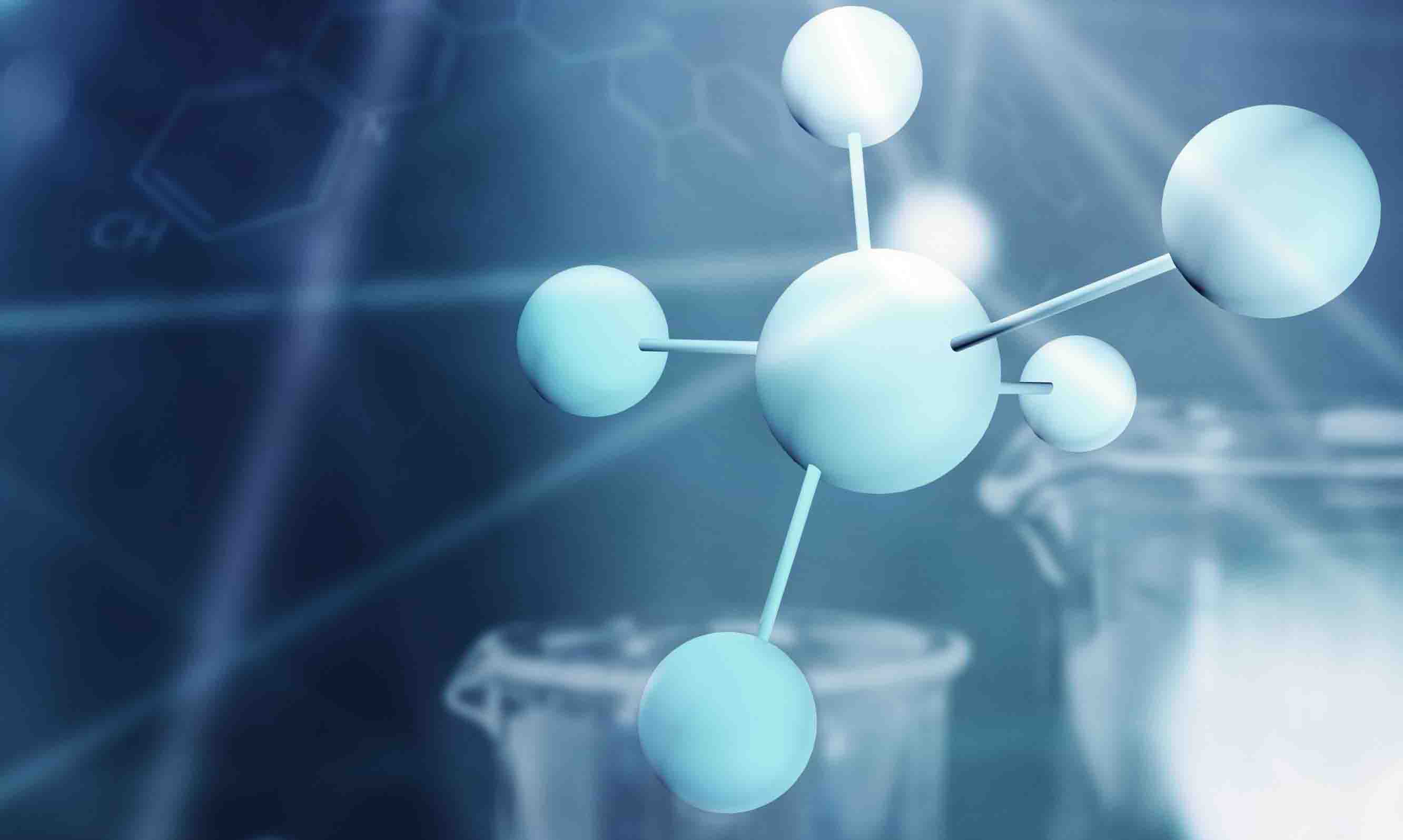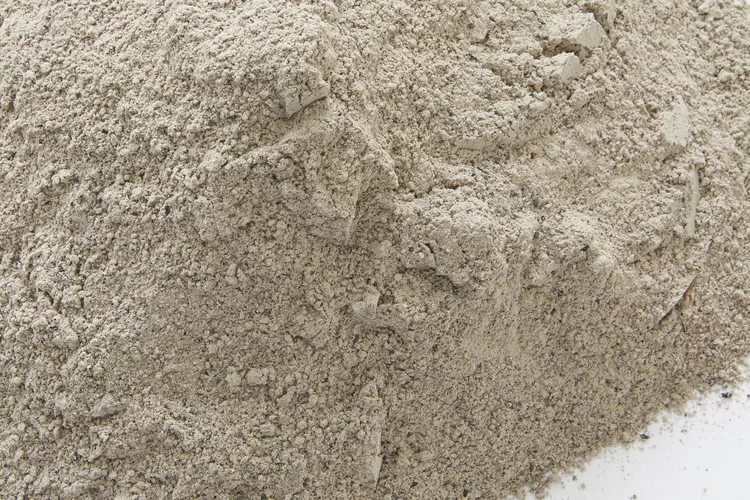Fly ash is a coal or waste-to-energy combustion product that is composed of the particulates that are driven out of coal- or waste-fired boilers together with the flue gases.
In modern coal-fired power plants, fly ash is generally captured by filters (bag houses), electrostatic precipitators or other particle filtration equipment before the flue gases reach the chimneys. It comprises 60 percent of all coal combustion waste.
Depending upon the source and composition of the coal being burned, the components of fly ash vary considerably, but all fly ash includes substantial amounts of silicon dioxide (SiO2) (both amorphous and crystalline), aluminium oxide (Al2O3) and calcium oxide (CaO), the main mineral compounds in coal-bearing rock strata.
The minor constituents of fly ash depend upon the specific coal bed composition but may include one or more of the following elements or compounds found in trace concentrations (up to hundreds of ppm): gallium, arsenic, beryllium, boron, cadmium, chromium, hexavalent chromium, cobalt, lead, manganese, mercury, molybdenum, selenium, strontium, thallium, and vanadium, along with very small concentrations of dioxins, PAH compounds, and other trace carbon compounds.
Table 1 - Fly Ash composition by Coal Type.
| Component |
Bituminous |
Subbituminous |
Lignite |
| SiO2 (%) |
20-60 |
40-60 |
15-45 |
| Al2O3 (%) |
5-35 |
20-30 |
20-25 |
| Fe2O3 (%) |
10-40 |
4-10 |
4-15 |
| CaO (%) |
1-12 |
5-30 |
15-40 |
| LOI (%) |
0-15 |
0-3 |
0-5 |
In the case that fly ash is not produced from coal, for example when solid waste is incinerated in a waste-to-energy facility to produce electricity, the ash may contain higher levels of contaminants than coal ash. In that case the ash produced is often classified as hazardous waste.
It is most commonly used as a high-performance substitute for Portland cement or as clinker for Portland cement production. Cements blended with fly ash are becoming more common. Building material applications range from grouts and masonry products to cellular concrete and roofing tiles. Many asphaltic concrete pavements contain fly ash. Geotechnical applications include soil stabilization, road base, structural fill, embankments and mine reclamation. Fly ash also serves as filler in wood and plastic products, paints and metal castings.
Source: Wikipedia, Coal combustion products, Fly Ash, accessed 15th Apr 2024.










